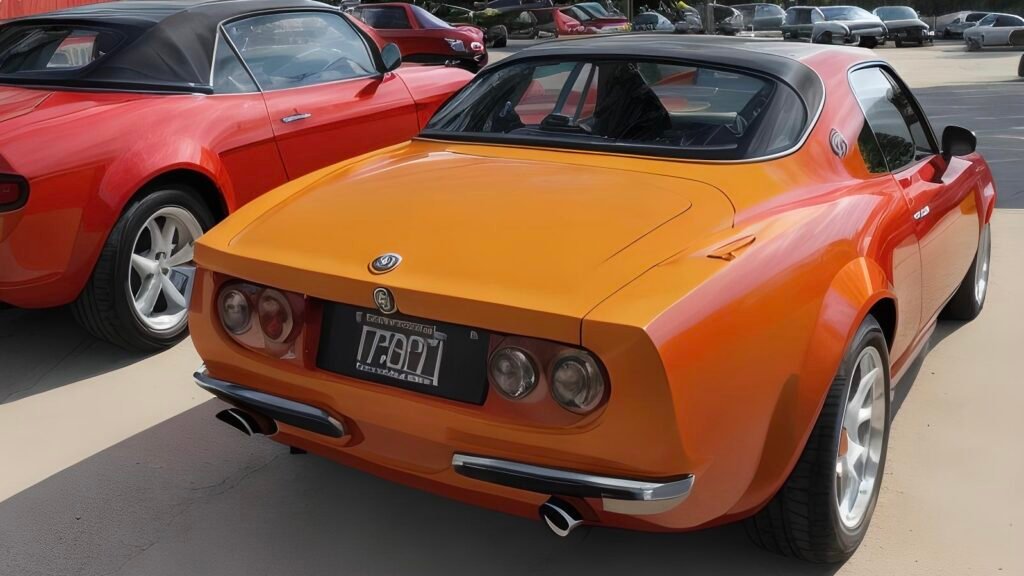
In the world of automotive design, there is a constant push to create new and innovative models that capture the essence of the past while embracing the technology and design trends of the present. This has led to a resurgence of interest in iconic historic cars, with manufacturers looking to reimagine and reinterpret these classics for the modern era. Two standout examples of this trend are the Citroen DS and the Alfa Romeo GT Junior.
The Citroen DS: A Timeless Icon


The Citroen DS, first introduced in 1955, is widely regarded as one of the most iconic cars of all time. Its futuristic design, advanced technology, and luxurious features made it a symbol of French automotive excellence. The DS was ahead of its time, incorporating innovative features such as hydropneumatic suspension, power steering, and a semi-automatic transmission.
Today, the Citroen DS continues to inspire designers and enthusiasts alike. Its sleek lines, distinctive silhouette, and attention to detail make it a timeless classic. With advancements in artificial intelligence (AI) and design technology, manufacturers are now able to use these tools to create modern interpretations of the DS that pay homage to its iconic design.
Alfa Romeo GT Junior: A Sporty Legend


The Alfa Romeo GT Junior, produced from 1965 to 1977, is another iconic car that has left a lasting impression on automotive history. With its sporty design, powerful engine, and exceptional handling, the GT Junior became an instant classic. It was a car that appealed to both enthusiasts and everyday drivers, offering a perfect balance of style and performance.
Today, the Alfa Romeo GT Junior continues to be revered for its timeless design and driving dynamics. Just like the Citroen DS, the GT Junior serves as a source of inspiration for designers looking to create modern interpretations that capture the spirit of the original while incorporating the latest advancements in technology.
The Role of AI in Designing Modern Classics
Artificial intelligence has revolutionized various industries, and automotive design is no exception. With AI-powered design tools, manufacturers can now explore countless design possibilities and quickly iterate on ideas. This allows them to create modern reinterpretations of iconic historic cars that stay true to the essence of the originals while incorporating contemporary design elements.
AI can analyze the design language, proportions, and key features of the original models, and generate new design concepts that retain the essence of the classics. Designers can then refine these concepts, adding their own creative touches to ensure the final result is a harmonious blend of the past and the present.
Additionally, AI can assist in the engineering and manufacturing processes, optimizing performance, safety, and efficiency. By simulating various scenarios and conducting virtual tests, manufacturers can fine-tune the design and ensure that the modern reinterpretations meet the highest standards of quality and performance.
The Future of Classic Car Design
The modern reinterpretation of iconic historic cars, such as the Citroen DS and the Alfa Romeo GT Junior, showcases the potential of AI in automotive design. These new models not only pay homage to the originals but also push the boundaries of design and technology.
As AI continues to evolve, we can expect to see even more exciting reinterpretations of classic cars. Manufacturers will be able to create modern classics that capture the essence of the past while embracing the possibilities of the future. With AI as a powerful tool in their arsenal, designers can push their creative boundaries and bring new life to iconic models, ensuring that the legacy of these historic cars lives on for generations to come.








Average Rating